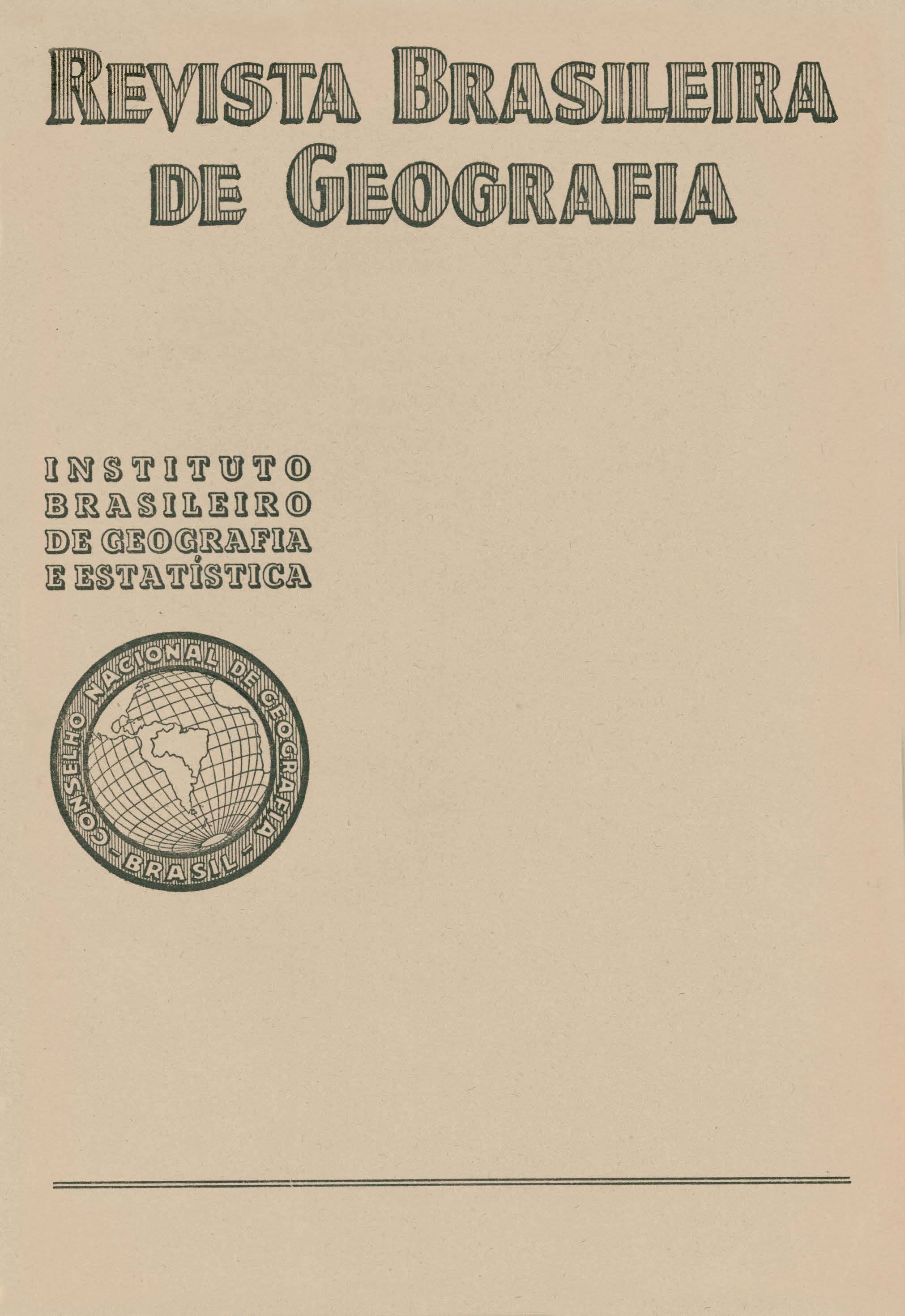O Crescimento do patrimônio mineral do Brasil no último decênio
Resumo
In this article Professor FRÓIS ABREU, Technica1 Advisor to the National Geographic Council approaches the "growth of the mineral wealth of Brazil" during the decennium 1931/1941.
Initially he presents by periods a retrospectiva view of the mineral research work already carried out. The Colonial period when In their spirit of adventure the Portuguese and the first Brazilians surveyed the country from East to West, with resulting knowledge and explotation of the gold and diamond bearing zones located mainly in Minas Gerais, Baía, Mato Grosso, em Goiaz. The Imperial period when, as aconsequence of an over-active exploitation In the former period, the poorer yielding of the alluvials cooled down the mineral industry. Attemps to carry the mining under great organizations occur and the natural development of the country adds interest to the coal beds of Rio Grande do Sul and Santa Catarina. Yet, the mineral zone is still found in the central part of Minas Gerais and of Baía. Republican period, a stage during which agents of mining trusts engaged themselves in new initiatives and daring enterprises, and the country underwent an intensive period of underground investigations. Iron and manganese mines were eagerli disputed, and there was again prospecting for gold, the interest in Brazilian coal having increased also. However, this was a phase of intense research though impaired by legal mining regulations and subject to the caprice of land-lords. The Government policy was one to carry on its own research for minerals.
In 1934, however, the Code of Mines, drafted during the office of Colonel JUAREZ TÁVORA as Minister of Agriculture, come into effect and enforced the distinction of the rights over the soil and sub-soil. The exploitation of the mineral deposits was then made easier to every Brazilian citzen and as result a greater impulse was given to further prospecting work. In addition, the new law was coincident with a vigorous movement of work and construction in every part of the country, more particulary in the field of mineral production, the value of which went up far more in the ten year period than in the previons whole century. Among the major deposita prospected, the exploitation of some of them having started in the ending decennium, he cites and describes - phosphate, in Trauira and Pirocáua (Maranhão); bauxite, on the plateau of Poços de Caldas (Minas Gerais); magnesite, in Baía and Ceará; diatomite, in Maranhão, Pernambuco, Ceará and Rio Grande do Norte; nickel, in Goiaz; rutile, in Minas, Goiaz and Ceará; rock salt, in Alagoas and Sergipe, and oil, in Baía. In ending is detailed studies he says: - "the discoveries relating to the soil lately show that ·Brazil must be considered not only_as a traditional country of gold and diamond, of coffee and rubber, of immense tropical.forrests and singing birds, but also as a Nation capable of supplying herself with the majority of products needed by a civilized community".






